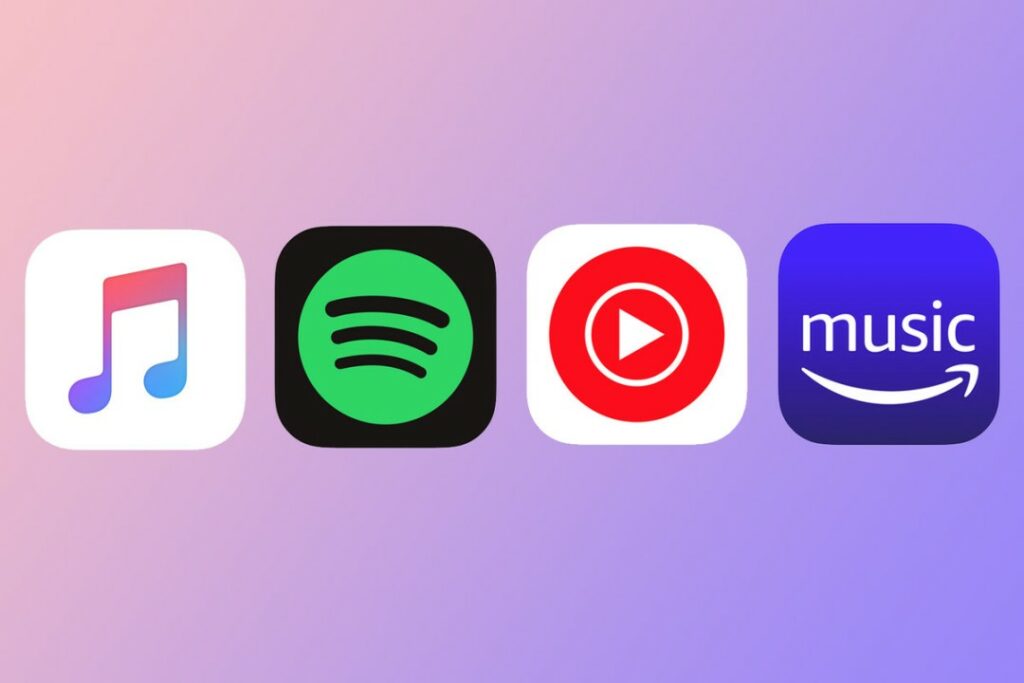Experiential Learning in Music Streaming Media

Overview of Characteristics
The term “Experiential Learning” describes instructional strategies that emphasize active, hands-on engagement over the passive absorption of knowledge. It includes a range of learning experiences outside of the typical classroom, including field trips, internships, and service-learning. By fusing theory with practice and motivating students to apply their knowledge in real-world situations, these experiences aim to actively engage students in the learning process (Breunig, 2017).
The stages of experience learning are commonly explained through Kolb’s experience Learning Cycle, which has four essential stages (Rosenberg & Christman, 2023):
- Concrete Experience: The first phase in which students participate in a practical exercise or encounter. It provides a hands-on basis for learning by requiring direct participation in a work or event
- Reflective Observation: Following the concrete experience, students consider their actions. During this phase, you have to watch and reflect on the experience, figuring out what worked and what needs improvement
- Abstract Conceptualization: In this stage, learners develop theories or conceptual frameworks based on their reflections. They analyze the experience and make conclusion
- Active Experimentation: Lastly, students apply the theories or concepts they have just learned to new situations. In this phase, concepts and solutions are put to the test in real-world situations, which provides feedback for further in-depth practical experiences.
How it aligns with Music Streaming Media
Students can actively interact with a variety of musical content through music streaming sites, which provide them with access to a broad range of genres, artists, and historical periods. In line with the ideas of experiential learning, this practical exploration allows students to fully immerse themselves in a variety of musical genres and cultural contexts.
Concrete experience: For example, students can listen to and evaluate records in real time by optimizing music streaming media to dive deep into particular genres or historical periods. This method improves learning by bringing theory and practice together and offering examples that are contextualized (Breunig, 2017).
Reflective Observation: After using the streaming platforms, students reflect on their experiences. They might consider questions such as: How did their user experience get affected by the interface? What was their impression of the quality and range that the music offered? Have they observed any patterns or trends?
In addition, streaming services provide capabilities like customizing playlists and personalized recommendations with the use of AI. By allowing students to explore music that interests them, these tools encourage student-directed learning and reinforce the student-centered approach of experiential learning (Breunig, 2017).

References
Breunig, M. (2017) – Experientially learning and teaching in a student-directed classroom. Journal of Experiential Education.
Rosenberg, S., & Christman, E. (2023, March 7). What is Experiential Learning and Why is it Important? Peregrine Global Services. https://peregrineglobal.com/experiential-learning/
wendyho August 5, 2024
Hi Ed,
Thank you for sharing your post. You have done a great job describing the characteristics of Experiential Learning and its relation to our group’s chosen topic. I’d like to add a few suggestions for the Reflective Observation, Abstraction Conceptualization and Active Experimentation stages.
For the Reflective Observation stage, after exploring different music streaming platforms, the instructor could ask students to write a reflection. This reflection would require students to list all the desirable features and functionalities of a music streaming platform and explain the rationale behind each feature or functionality.
In the Abstract Conceptualization stage, students will create concept maps to visually organize and demonstrate the relationships between various features and functionalities of a music streaming platform. Students will be divided into groups of 5-6 members each to share their ideas on the essential elements of their desired platform.
Moving to the Active Experimentation stage, students will then start designing a prototype of their own music streaming platform using appropriate tools.
Good work, and hope my suggestions are helpful.
arlene August 12, 2024
Hi, Ed.
First of all, thank you for sharing your blog. Your blog has a very detailed interpretation of the term “Experiential Learning” and lists the four learning steps of experiential learning: Concrete Experience, Reflective Observation, Abstract Conceptualization, Abstract Conceptualization. Your interpretation uses music streaming media as an example can help students better understand what “Experiential Learning” is which is close to life